Marine resources of the Red Sea and Gulf of Aden have provided prosperity for the region for many centuries by providing food, trade and livelihoods. However, in recent years, these marine resources are facing many threats, including over-exploitation of species, destruction of spawning, nursery and feeding grounds, pollution, improper resource management and weak governance. Coastal cities around the Red Sea and Gulf of Aden have experienced a rapid boom in investment. Tourism and industrial center development (with desalination water projects, free zones, and other infrastructure) have accelerated the already rapid growth and development rates. Several coastal cities that were mere outposts in the 1950s have experienced phenomenal growth rates of inhabitants and tourists during the last fifty years. Industrial and commercial activities have also been increasing, with development of oil, marina, mineral export and other industrial facilities. Shipping traffic and large “mega” projects planned, such as the Red Sea to Dead Sea Canal, continue to pose significant risks to the marine and coastal environment. The categories of human activities that are of particular environmental concern with regard to maintaining healthy habitats of mangroves and coral reefs include tourism, boat anchoring, excessive sport and commercial fishing, oil production and the shipping of oil (and other hazardous materials), dumping of debris and litter, wastewater disposal, marine aquaculture and coastal industrial development. Assessing the net benefits versus risks of such human activities to social and economic well being remains a critical, yet poorly understood dimension of coastal communities within the Region.
The large marine ecosystem of the Red Sea and Gulf of Aden is a tremendous natural capital asset for PERSGA countries, providing fish and supporting tourism among several other income generating activities. This stems from the high biodiversity and variety of habitats that support significant numbers of commercial fish species both for the food and aquarium industry. The narrow width and great depth of this ecosystem present both advantages and challenges for sustainable management, especially when considering the tremendous shipping activity. Both fish stock depletion and habitat deterioration are of considerable concern. Appropriate management of fisheries and Marine Protected Areas (MPAs) for sustaining living resources is thus essential. Priority issues identified for effective implementation of fisheries and MPA management include lack of capacities and sufficient awareness/knowledge among different stakeholders, both in the local communities and among government officials. Most of the member states have recently revised/ or are in the process of revising fisheries policies and regulations, and have also developed management plans involving wide stakeholders consultation.
Phase I of the Regional Project for the implementation of the Strategic Action Plan (SAP) for the Red Sea and Gulf of Aden, financed by the GEF and which closed in 2005,was aimed at protecting coastal and marine environments in the through SAP implementation. Specifically, through the then newly established regional institution, the Organization for the Conservation of the Environment of the Red Sea and Gulf of Aden (PERSGA), the World Bank supported two components of the GEF project: addressing the reduction of navigation risks and maritime pollution and through Integrated Coastal Zone Management (ICZM); but the Bank also worked closely with other components, such as Living Marine Resources, Habitat and Biodiversity Conservation and the development of a Regional Network of Marine Protected Areas, implemented through UNDP and UNEP. The project included all PERSGA member countries: Djibouti, Egypt, Jordan, Saudi Arabia, Somalia Sudan, and Yemen.
Ecosystem-based management (EBM) formally recognizes the profound linkages that exist between human communities and activities, and the biological, chemical, and physical processes essential to maintaining the structure and function of ecosystems. EBM can be an important organizing principle to existing fisheries and habitat management schemes (especially including protected areas) if building on an incentive based system recognizing human needs and uses of the ecosystem. Where Integrated Coastal Management (ICZM) collectively considers all existing stakeholder activities and sectoral interests, EBM further considers the functioning and services provided by whole ecosystems, including humans and the environment, rather than managing environmental resources independently, or in isolation (as is often done with fisheries). At the same time, this more holistic approach requires active monitoring and adaptive management of new information to better inform managing resources and the human activities affecting them. Applying comprehensive management principles should be enabled through a rights-based approach to marine resources, recognizing the communities’ and user group active involvement in the use and responsibilities in the management and monitoring of coastal and marine resources to establish a strong incentive system for the stakeholders.


